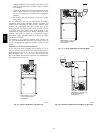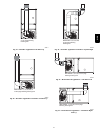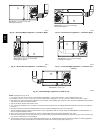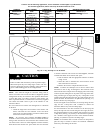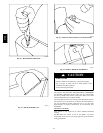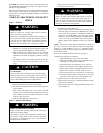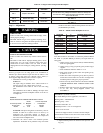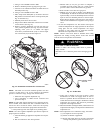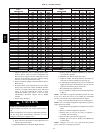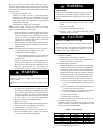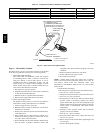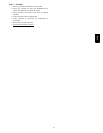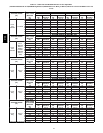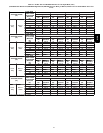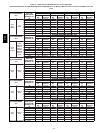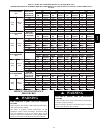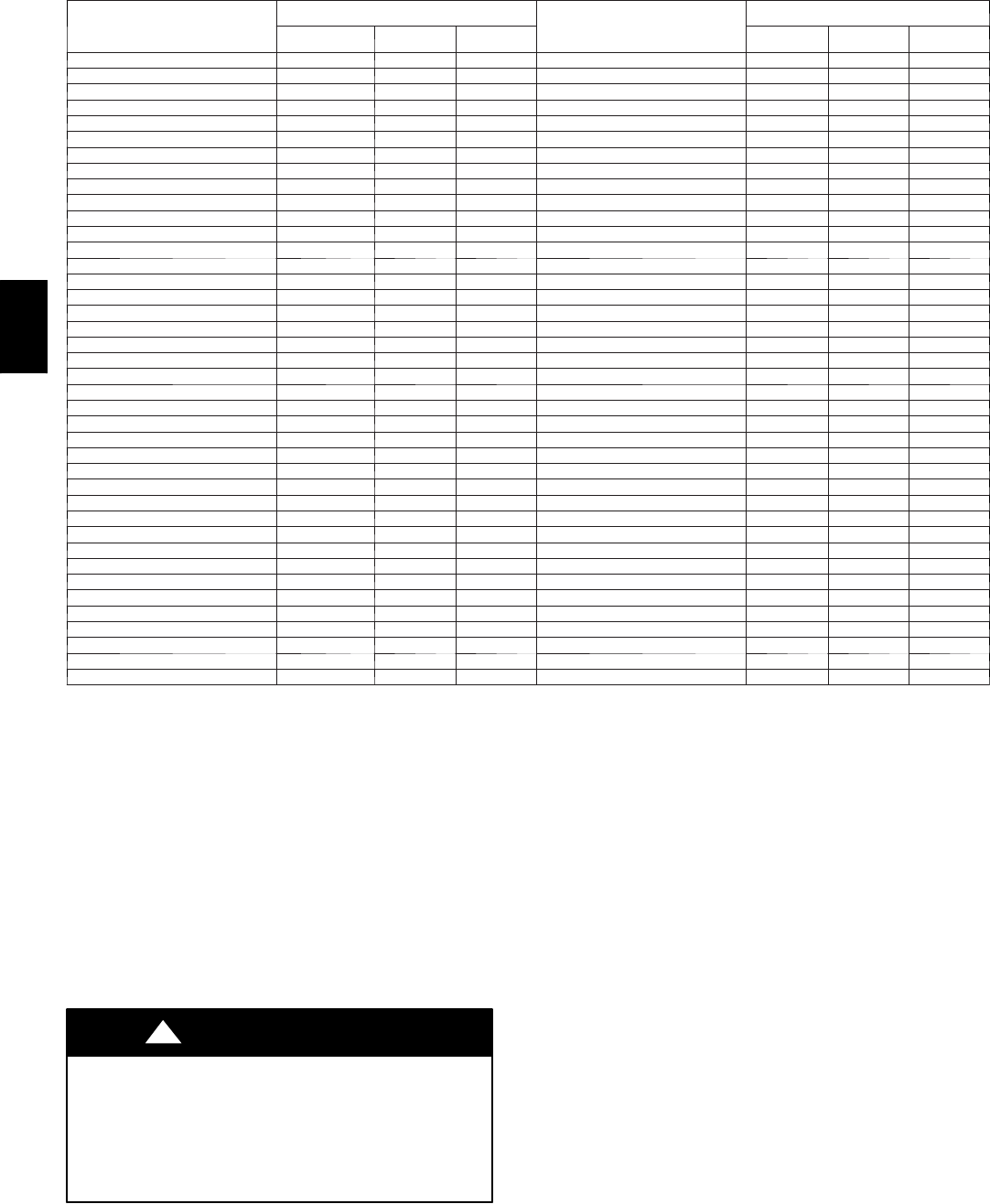
38
Table 12 – Gas Rate (cu ft/hr)
SECONDS
FOR
1
REVOLUTION
SIZE OF TEST DIAL
SECONDS
FOR
1
REVOLUTION
SIZE OF TEST DIAL
1 CU FT 2 CU FT 5 CU FT 1 CU FT 2 CU FT 5 CU FT
10 360 720 1800 50 72 144 360
11 327 655 1636 51 71 141 355
12 300 600 1500 52 69 138 346
13 277 555 1385 53 68 136 340
14 257 514 1286 54 67 133 333
15 240 480 1200 55 65 131 327
16 225 450 1125 56 64 129 321
17 212 424 1059 57 63 126 316
18 200 400 1000 58 62 124 310
19 189 379 947 59 61 122 305
20 180 360 900 60 60 120 300
21 171 343 857 62 58 116 290
22 164 327 818 64 56 112 281
23 157 313 783 66 54 109 273
24 150 300 750 68 53 106 265
25 144 288 720 70 51 103 257
26 138 277 692 72 50 100 250
27 133 267 667 74 48 97 243
28 129 257 643 76 47 95 237
29 124 248 621 78 46 92 231
30 120 240 600 80 45 90 225
31 116 232 581 82 44 88 220
32 113 225 563 84 43 86 214
33 109 218 545 86 42 84 209
34 106 212 529 88 41 82 205
35 103 206 514 90 40 80 200
36 100 200 500 92 39 78 196
37 97 195 486 94 38 76 192
38 95 189 474 96 38 75 188
39 92 185 462 98 37 74 184
40 90 180 450 100 36 72 180
41 88 176 439 102 35 71 178
42 86 172 429 104 35 69 173
43 84 167 419 106 34 68 170
44 82 164 409 108 33 67 167
45 80 160 400 110 33 65 164
46 78 157 391 112 32 64 161
47 76 153 383 116 31 62 155
48 75 150 375 120 30 60 150
49 73 147 367
c. Adjust air temperature rise by adjusting blower speed.
Increase blower speed to reduce temperature rise.
Decrease blower speed to increase temperature rise. For
low heat, speed selection can be low (factory setting),
med--low, or med (5--speed blowers only).
d. Remove thermostat jumpers and release Blower Access
Door Switch.
e. To change motor speed selection for low heat, remove
blower motor lead from control LO--HEAT terminal.
(See Fig. 34.) Select desired blower motor speed lead
from 1 of the other terminals and relocate it to the
LO--HEAT terminal. (See Table 13 for lead color
identification). Reconnect original lead to SPARE
terminal.
f. Repeat steps a through e.
FURNACE OVERHEATING HAZARD
Failure to follow this caution may result in reduced furnace
life.
Recheck temperature rise. It must be within limits specified
on the rating plate. Recommended operation is at the
midpoint of rise range or slightly above.
CAUTION
!
g. When correct low heat input rate and temperature rise is
achieved, proceed to Step 6.
6. Adjust Manifold Pressure to Obtain High Heat Rate
a. Remove high fire regulator adjustment cap from gas
valve pressure regulator.
b. Manually close blower access door switch.
c. Jumper R, W/W1 and W2 thermostat connections on
control to run furnace in high heat. (See Fig. 34.)
d. d. Turn high--heat adjusting screw (3/16 in. orsmallerflat
tipped screwdriver) counterclockwise (out) to decrease
input rate or clockwise (in) to increase rate.
e. Re--install high--fire adjustment caps.
f. Leave manifold or similar device connected and proceed
to Step 7.
NOTE: DO NOT set high--heat manifold pressure less than
3.2--in. wc or more than 3.8--in. wc for natural gas. If manifold
pressure is outside this range, change main burner orifices.
7. Verify natural gas high heat input rate by clocking meter.
NOTE: Gas valve regulator adjustment caps must be in place for
proper input to be clocked.
a. Turn off all other gas appliances and pilots served by the
meter.
b. Run for 3 minutes in high--heat operation.
c. Measure time (in sec) for gas meter to complete 1
revolution and note reading.
d. Refer to Table 12 for cubic ft of gas per hr.
e. Multiply gas rate cu ft/hr by heating value (Btuh/cu ft)
to obtain input.
NOTE: Using the 2 cu. ft or 5 cu. ft gas meter dial provides
greater accuracy in verifying gas input rate.
312A



